Table Of Content
- Choosing the Right Camping Hammock for Your Adventure
- Consider Your Needs
- Material Matters
- Weight Capacity
- Easy Setup
- Essential Gear for a Successful Hammock Camping Trip
- Camping Hammocks
- Mosquito Net
- Tree Straps
- Hammock Underquilt
- Rainfly or Tarp
- Top Tips for Setting Up Your Hammock Safely and Securely
- Choose the Right Location
- Use Quality Suspension Straps
- Proper Hanging Angle
- Stay Organized
- Stay Dry
- Stay Comfortable: Hammock Sleeping Systems Explained
- Choosing the Right Hammock Sleeping System
- Insulation
- Comfort and Support
- Proper Setup and Adjustment
- Night-time Essentials
- How to Properly Maintain and Care for Your Camping Hammock
- Protect Your Investment with these Maintenance Tips
- Preserve the Longevity of Your Camping Hammock
- Extend the Lifespan of Your Hammock with these Care Tips
- Rain or Shine: Weatherproofing Your Hammock Setup
- Protective Tarps and Rainflies
- Under quilts for Insulation
- Ground Blankets and Mats
- Frequently Asked Questions (FAQs)
Welcome, outdoor enthusiasts and camping lovers! Embracing the simplicity and freedom of hammock camping opens up a world of adventure and relaxation like no other. As an expert in all things related to hammock camping, I am thrilled to share with you the ultimate guide to mastering the art of sleeping under the stars in a hammock.
With the rising popularity of hammock camping, more outdoor enthusiasts are switching from traditional tents to lightweight, versatile, and comfortable camping hammocks. Whether you are a seasoned backpacker looking to lighten your load or a casual camper seeking a new comfort level, camping hammocks offer a unique experience that blends the best of nature and technology.
In this comprehensive guide, we will discuss the essential gear for hammock camping, offer valuable tips on setting up your hammock like a pro, and offer insights into choosing the right hammock and sleep system for outdoor adventures. So, grab your hammock, pack your gear, and get ready to elevate your camping experience with our outdoor hammock guide.
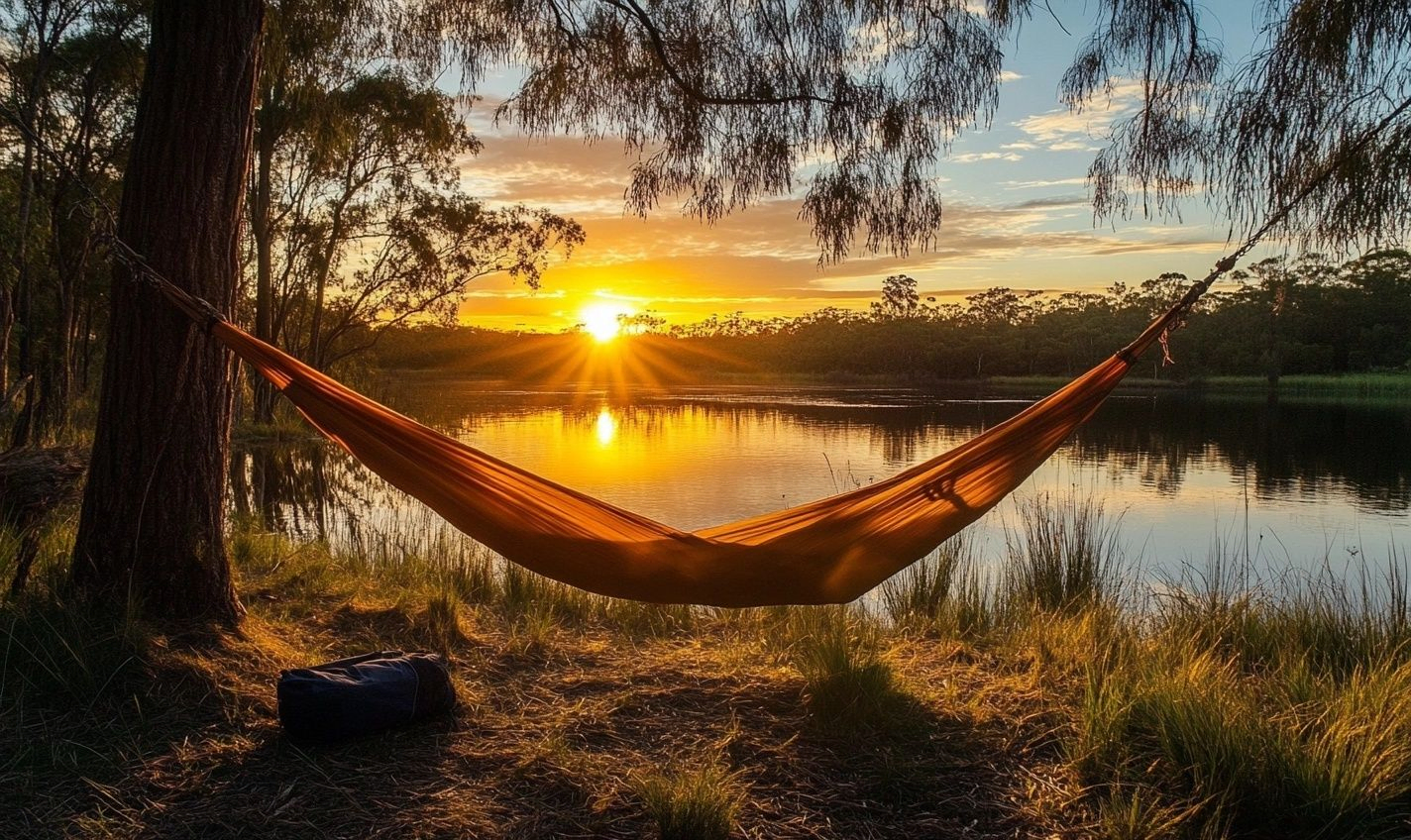
Choosing the Right Camping Hammock for Your Adventure
Embarking on a hammock camping trip immerses you in nature, providing a unique and comfortable sleeping experience under the stars. With various camping hammocks available on the market, choosing the right one for your adventure is essential. Here are some tips to help you make the perfect selection:
Consider Your Needs:
When selecting a camping hammock, think about your specific needs and preferences. Do you prefer a lightweight option for backpacking or a more spacious hammock for car camping?
Material Matters:
Look for durable and breathable materials such as nylon or polyester to ensure comfort and longevity. These materials are also quick-drying, perfect for outdoor adventures.
Weight Capacity:
Check the hammock’s weight capacity to ensure it comfortably supports your body weight. Opt for a hammock that accommodates 300-400 pounds to provide a secure sleeping environment.
Easy Setup:
Choose a hammock with an easy and quick setup process. Look for hammocks with straightforward suspension systems or included straps and carabiners for hassle-free assembly.
Remember, your camping hammock is your sanctuary in the great outdoors, so select one that meets your requirements and complements your camping style. Whether a seasoned outdoor enthusiast or a beginner camper, the right hammock can elevate your camping experience.
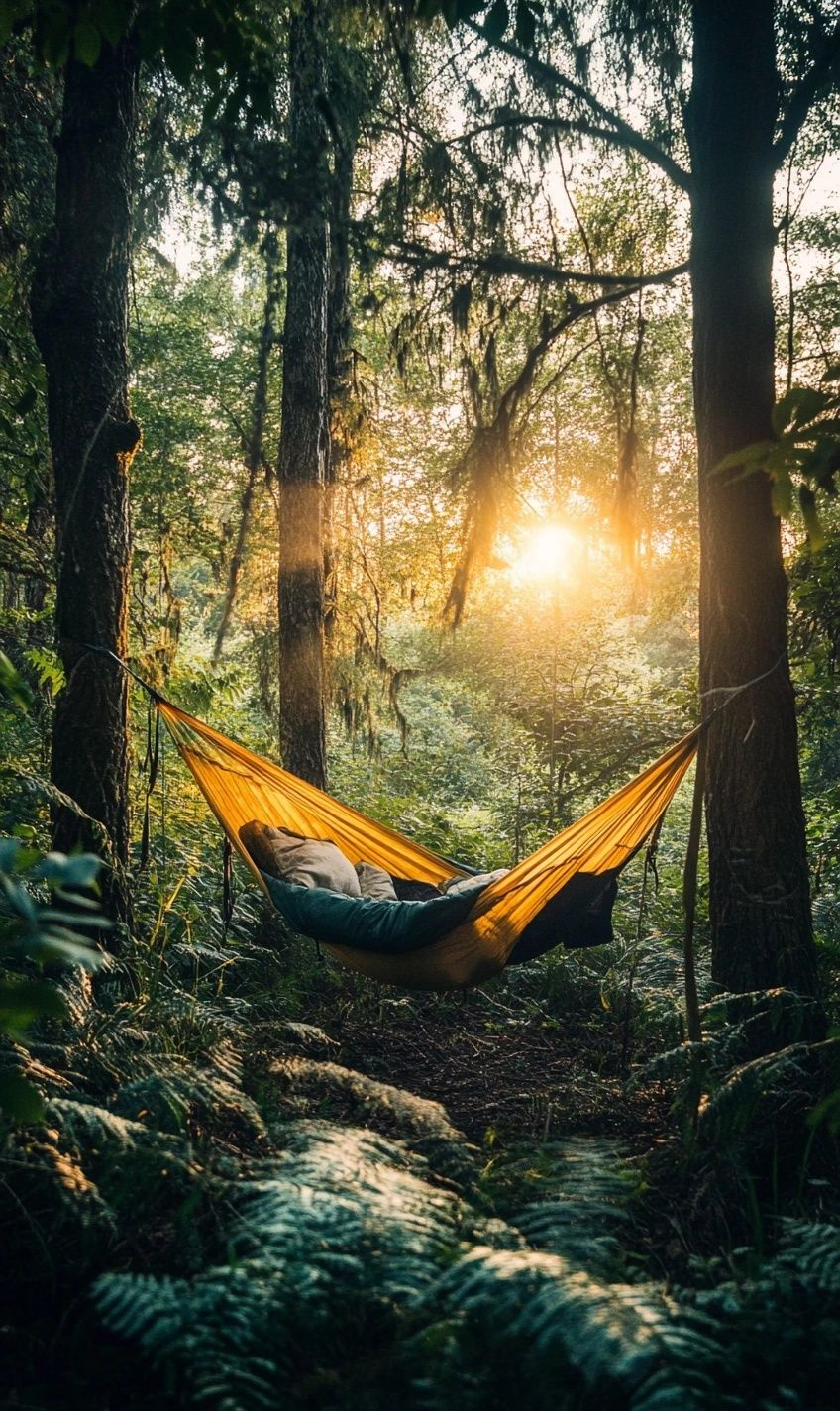

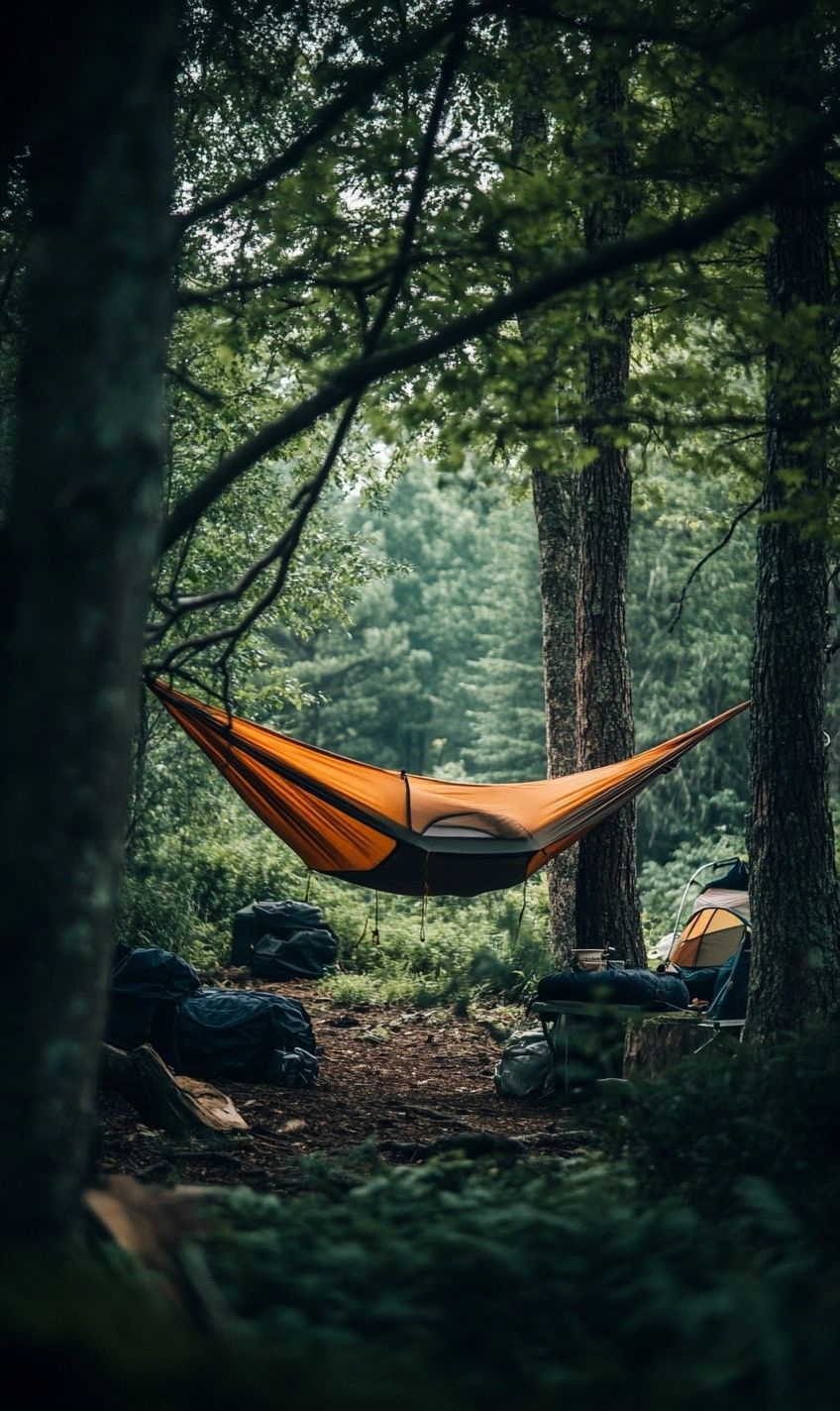
Essential Gear for a Successful Hammock Camping Trip
Are you embarking on a hammock camping adventure? Ensure you have the right gear for a comfortable and enjoyable experience under the stars. Here’s everything you need for a successful hammock camping trip:
Camping Hammocks:
Choosing the right camping hammock is crucial for a good night’s sleep in the great outdoors. Opt for a durable, lightweight hammock that can support your weight comfortably and is easy to set up.
Mosquito Net:
Keep pesky bugs at bay with a mosquito net designed for hammock camping. This will ensure a peaceful night’s sleep without any unwanted insect encounters.
Tree Straps:
Invest in quality tree straps to securely hang your hammock. These straps prevent tree damage and offer a stable foundation for your sleeping setup.
Hammock Underquilt:
Stay warm and cozy during chilly nights with a hammock under a quilt. This essential gear provides insulation underneath your insulation, making you snug and comfortable.
Rainfly or Tarp:
Set up a rainfly or tarp above your hammock to protect yourself from the elements. This will ensure you stay dry during unexpected rain showers and have a comfortable camping experience.
Pack other essential gear, such as a headlamp, camping pillow, and portable camping stove. These items can enhance your camping experience and provide convenience during outdoor adventures.
But remember, the key to a successful hammock camping trip lies in thoughtful preparation and packing the right gear. With the essential items mentioned above, you’ll be well-equipped to enjoy a restful night under the stars in your cozy hammock setup.
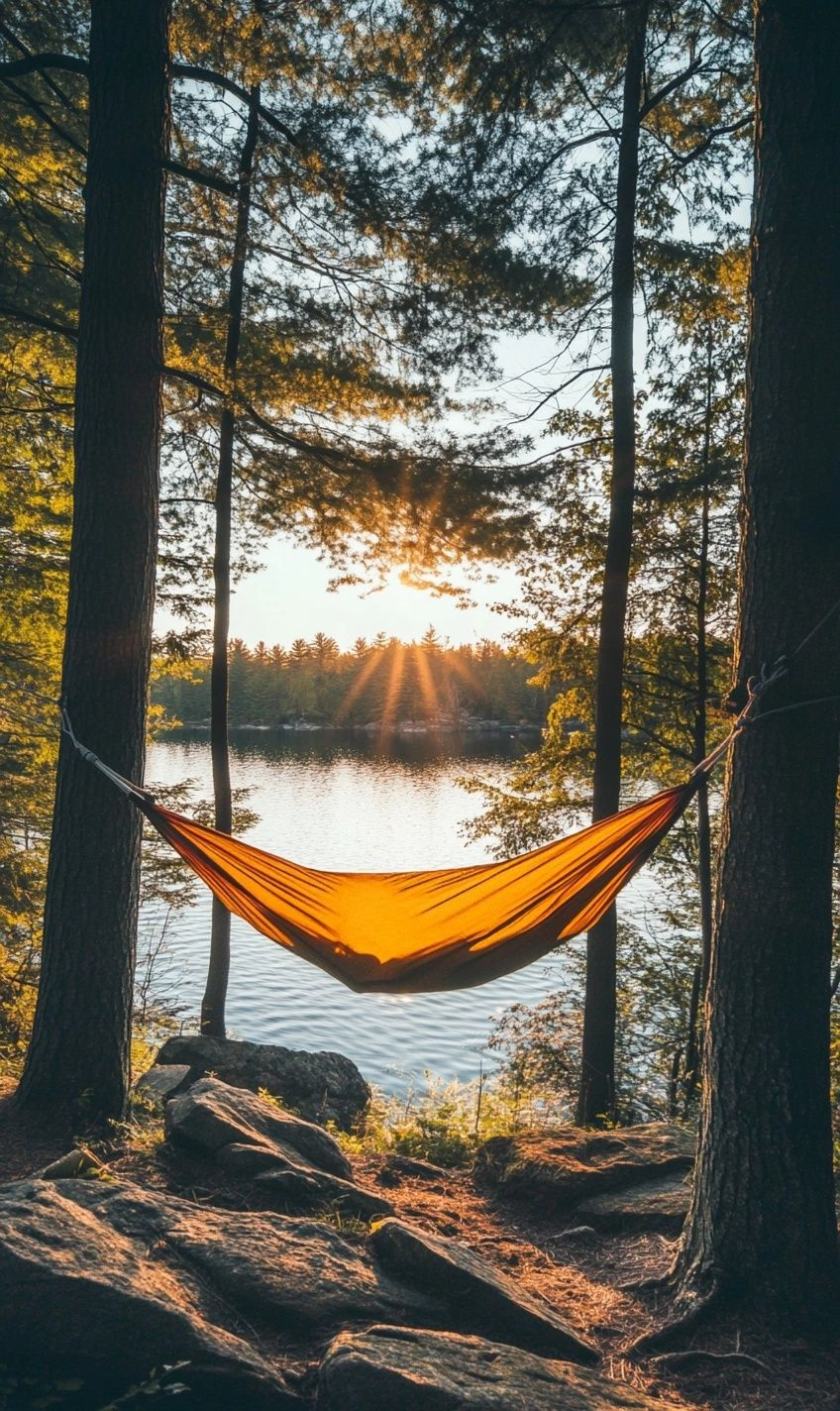
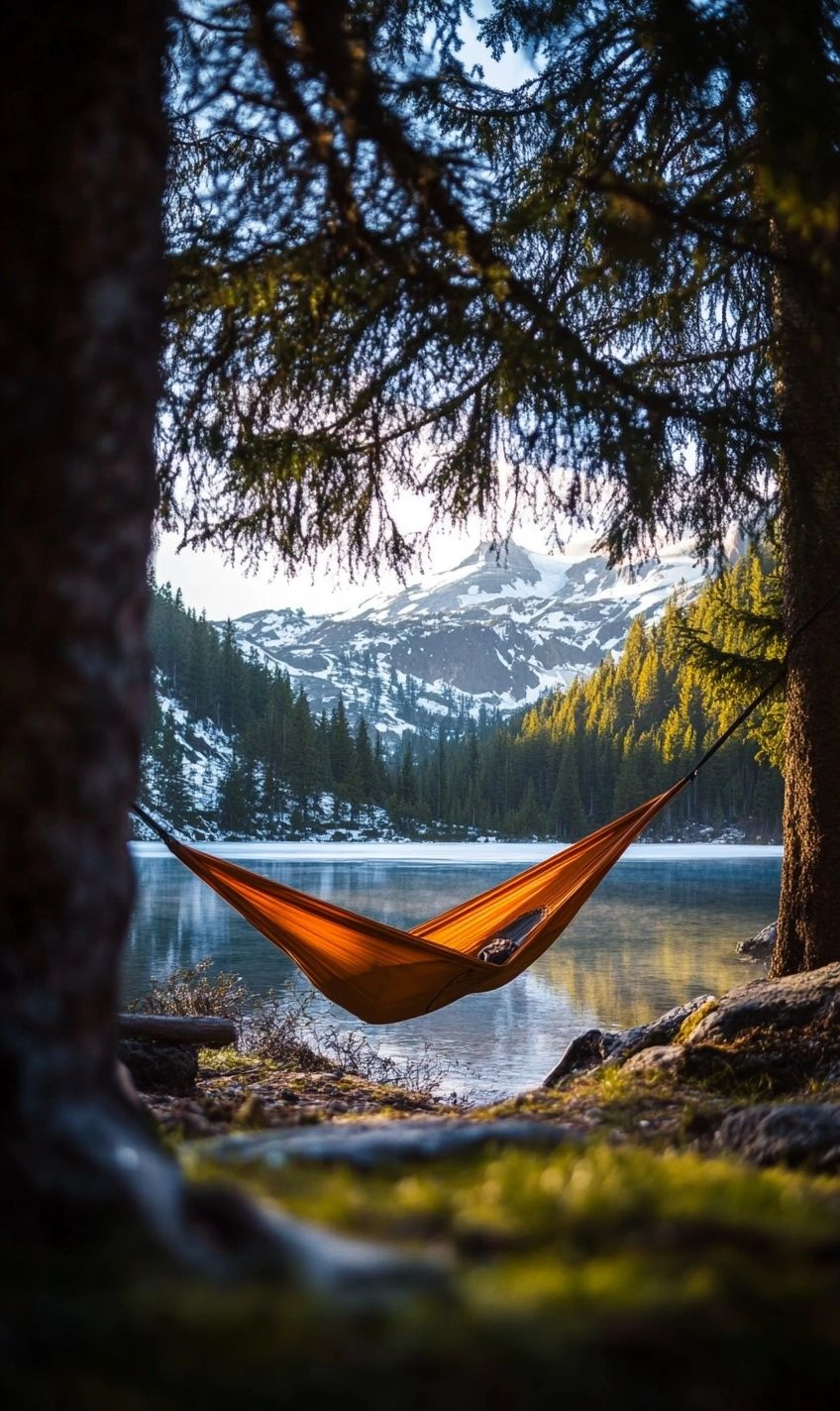
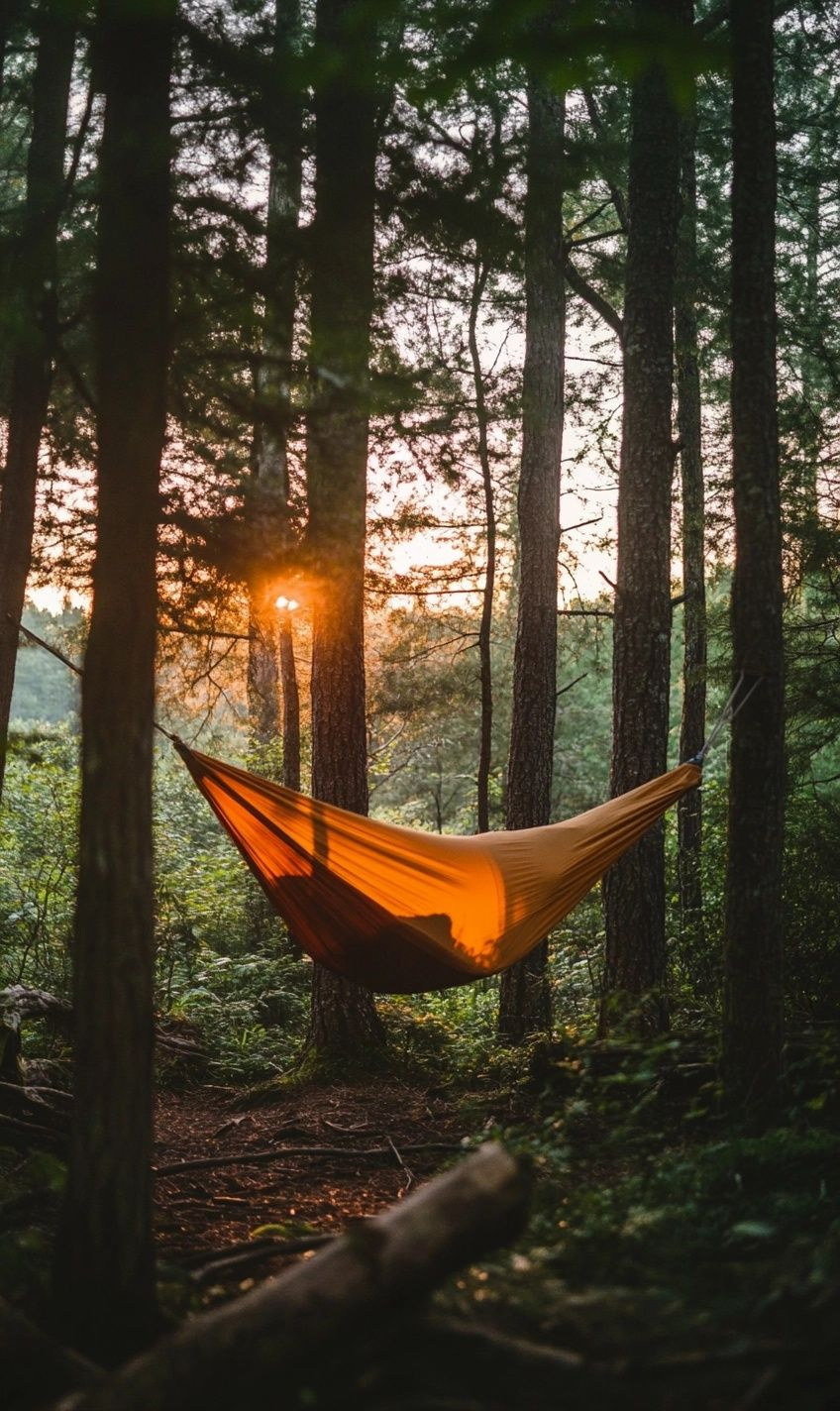
Top Tips for Setting Up Your Hammock Safely and Securely
So, you’ve finally decided to venture into hammock camping. Congratulations! Hammock camping offers a unique experience of sleeping under the stars, swaying gently in the breeze. But before you head out into the wilderness, you must learn how to set up your hammock correctly to ensure a safe and secure night’s sleep.
Choose the Right Location:
When setting up your camping hammock, always look for sturdy anchor points, such as trees with thick trunks. Ensure the trees are healthy and can support your weight throughout the night.
Use Quality Suspension Straps:
Invest in high-quality straps to hang your hammock. These straps are durable and minimize the impact on trees, ensuring you leave no trace behind.
Proper Hanging Angle:
Hang your hammock at a 30-degree angle to the ground. This angle provides the most comfortable and secure sleeping position and prevents you from feeling like a banana in the morning.
Remember to always check your gear before heading out. Look for any tears, loose stitches, or damaged parts that could compromise the safety of your hammock setup.
But why stop at just setting up your hammock safely? Here are a few other tips to enhance your hammock camping experience:
Stay Organized:
- Utilize gear lofts or organizational pouches to keep your essentials within reach.
- Keep your camping gear organized to avoid rummaging through your pack in the middle of the night.
Stay Dry:
- Invest in a rainfly or tarp to protect yourself from unexpected rain showers.
- Check the weather forecast before your trip to ensure you’re prepared for weather conditions.
With these tips, you can embark on your hammock camping adventure. Remember, preparation and attention to detail are the keys to a successful trip. So, get out there, set up your hammock securely, and enjoy a night under the stars!
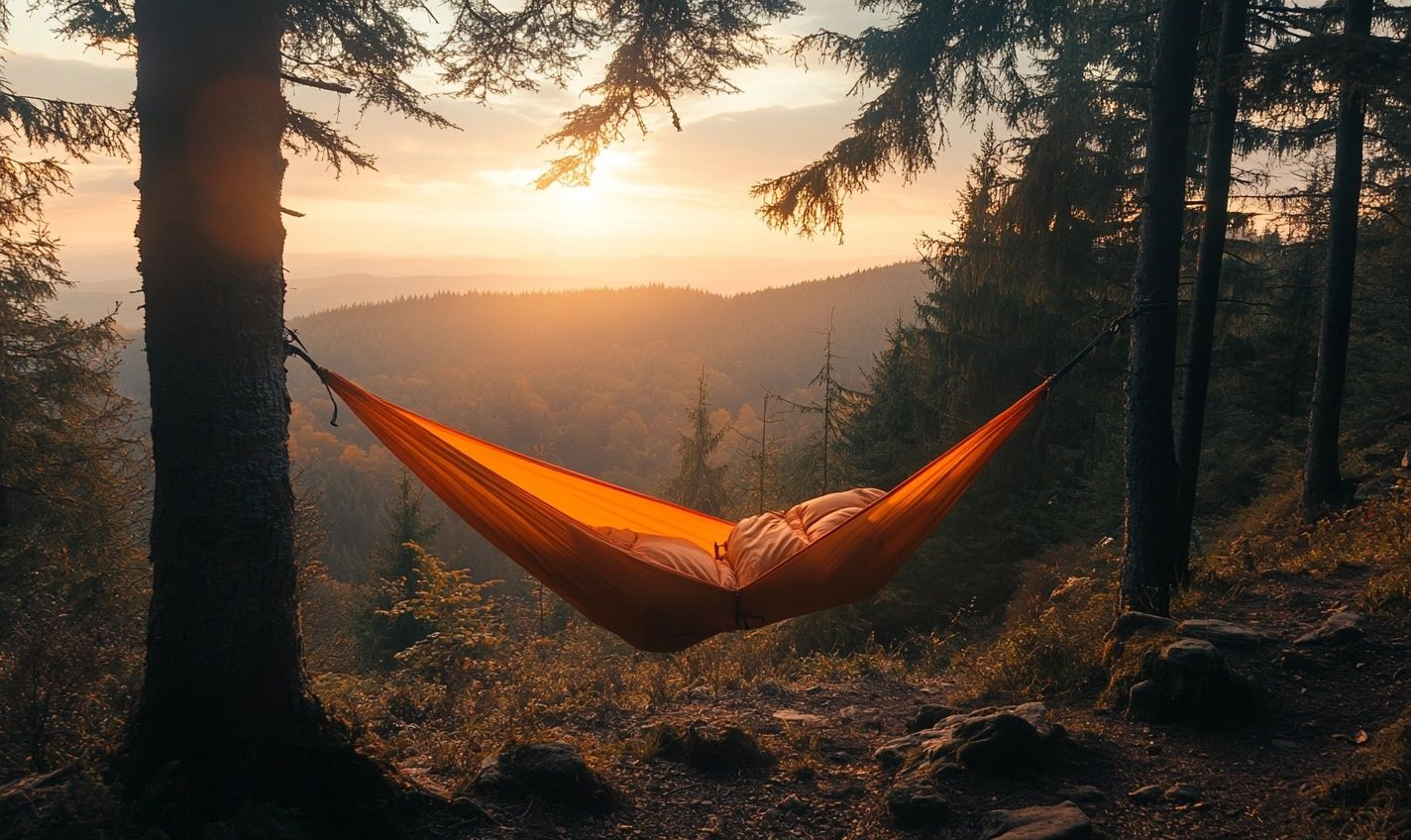
Stay Comfortable: Hammock Sleeping Systems Explained
Regarding camping gear and equipment, camping hammocks have become increasingly popular for outdoor enthusiasts. Not only do they provide a comfortable and elevated sleeping experience, but they also offer versatility and a unique way to connect with nature. If you’re considering venturing into hammock camping, understanding hammock sleeping systems is crucial to ensuring a restful night under the stars.
Choosing the Right Hammock Sleeping System:
Like selecting the perfect camping hammock, choosing the right hammock sleeping system is essential for a comfortable night’s sleep. Consider insulation, comfort, and insulation to tailor your sleeping setup to your needs.
Insulation:
- Invest in a high-quality sleeping pad or under quilt to provide insulation and warmth while hammock camping.
- Layering blankets or a sleeping bag inside the hammock can also help trap heat and keep you cozy throughout the night.
Comfort and Support:
- Opt for a hammock with built-in features like asymmetrical designs or adjustable straps to enhance comfort and support.
- Consider adding a pillow or inflatable sleeping pad for cushioning and neck support.
Creating a personalized hammock sleeping system can make all the difference in your camping experience, allowing you to relax and unwind after a day of outdoor adventures.
Proper Setup and Adjustment:
Ensuring your hammock is appropriately set up and adjusted is critical to a restful night’s sleep. Secure your hammock straps to solid anchor points and adjust the tension to achieve a comfortable and level sleeping position.
Night-time Essentials:
- Hang a small lantern or attach a headlamp inside the hammock for easy access during the night.
- Keep essentials like a water bottle, snacks, and insect repellent within reach for convenience.
Investing in the right hammock sleeping systems and incorporating essential gear can elevate your camping experience and allow you to enjoy a peaceful night’s sleep surrounded by nature’s beauty.
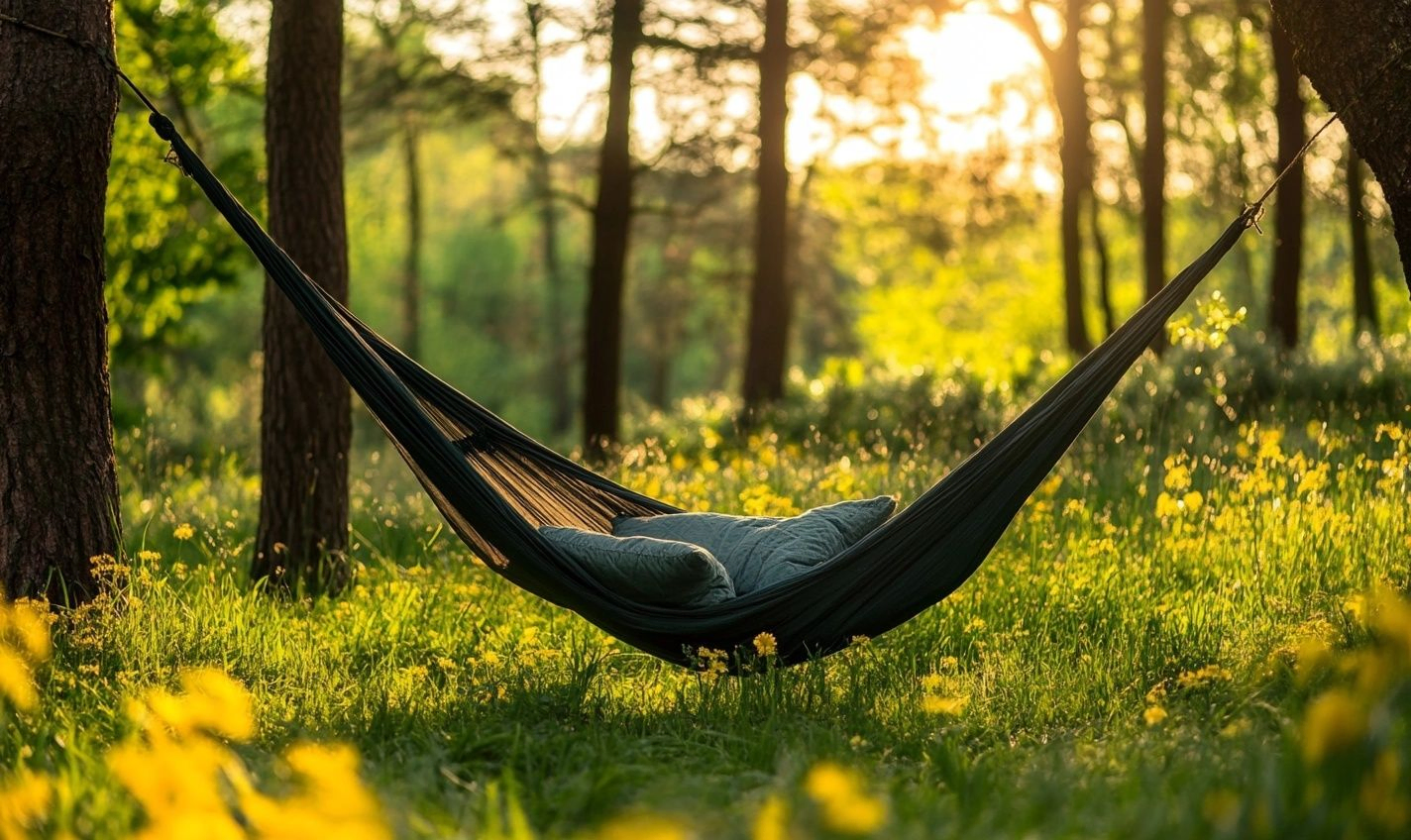
How to Properly Maintain and Care for Your Camping Hammock
Camping hammocks are a great way to enjoy the outdoors while staying comfortable and elevated off the ground. However, like any equipment, they require proper care and maintenance to last for many adventures.
Protect Your Investment with these Maintenance Tips:
1. Clean your hammock regularly with a mild soap and water solution to remove dirt and debris. Hang it to air dry completely before storing it away.
2. Before each use, inspect the hammock fabric, straps, and carabiners for signs of wear and tear. Replace any damaged components to ensure your safety.
Preserve the Longevity of Your Camping Hammock:
1. Avoid storing your hammock in direct sunlight for extended periods, as UV rays can degrade the fabric over time. Opt for a shady spot or use a hammock storage bag.
2. Protect your hammock from sharp objects and rough surfaces that can cause snags or tears. Always clear the area before setting up your hammock.
Extend the Lifespan of Your Hammock with these Care Tips:
1. Pack your hammock after each use to avoid unnecessary strain on the fabric and suspension system. Follow the manufacturer’s instructions for folding and storing.
2. When not in use, store your hammock in a cool, dry place to prevent mold and mildew growth. Ensure it is scorched before storing it to avoid unpleasant odors.
Remember, taking care of your camping hammock is essential to ensure it remains in top condition for your next outdoor adventure. Following these maintenance tips, you can enjoy many peaceful nights in your trusty hammock under the stars.
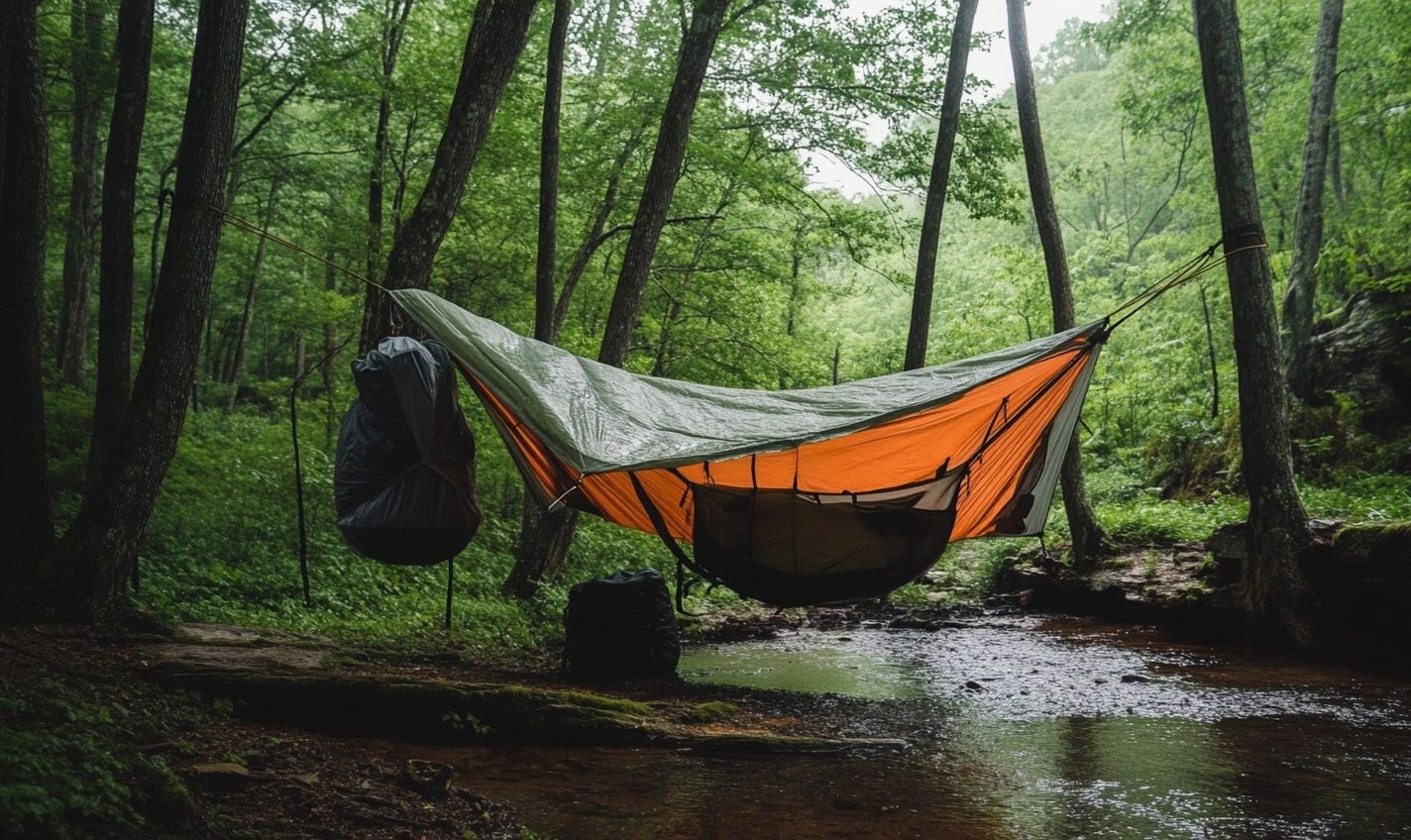
Rain or Shine: Weatherproofing Your Hammock Setup
When it comes to hammock camping, being prepared for all weather conditions is crucial for an enjoyable and comfortable outdoor experience. Whether facing a sudden downpour or basking in the sunshine, having a weatherproof hammock setup can make all the difference.
Protective Tarps and Rainflies
Investing in a quality rainfly or tarp is essential to shield your hammock from rain, wind, and harsh sunlight. Consider the size and coverage area of the tarp to ensure maximum protection.
Remember to angle your tarp correctly to allow rain to run off and avoid pooling, keeping you dry and cozy throughout the night.
Under quilts for Insulation
You are using an under qInsulationrovide additional insulation and warmth for cInsulationghts. This insulating layer beneath your hammock will help retain body heat, keeping you snug and comfortable even in low temperatures.
And remember, staying warm is not just about having a thick sleeping bag; proper insulation underneath you provides good and excellent sleep.
Ground Blankets and Mats
Use ground blankets or mats underneath your hammock to protect yourself from moisture and cold from the ground. This additional barrier can prevent heat loss and add a layer of comfort to your setup.
Just like a soft carpet can make a room feel cozy, these ground blankets can make your hammock feel like a luxurious retreat in the wilderness.
By incorporating these weatherproofing tips into your hammock setup, you’ll be well-equipped to face any outdoor conditions. Being prepared is the key to a successful and enjoyable hammock camping adventure.
Conclusion
Embarking on a hammock camping adventure is a thrilling experience that allows you to connect with nature uniquely and comfortably. Following the setup tips and essential gear recommendations outlined in this guide can ensure a successful and enjoyable outdoor hammock camping trip.
Choosing the right hammock, suspension system, tarp, and insulation is crucial to stimulating and secure sleep. Practice setting up your hammock in different environments to gain confidence and proficiency in using your gear.
Always prioritize safety and leave no trace ethics when hammock camping to preserve the natural beauty of the outdoors for future generations. Embrace the freedom and flexibility that hammock camping offers, allowing you to sleep soundly under the stars while enjoying the serene beauty of your surroundings.
Whether you are a seasoned outdoor enthusiast or a beginner looking to try something new, hammock camping provides a refreshing and adventurous way to enjoy the great outdoors. So, pack your gear, set up your hammock, and immerse yourself in the tranquility of nature on your next hammock camping excursion.
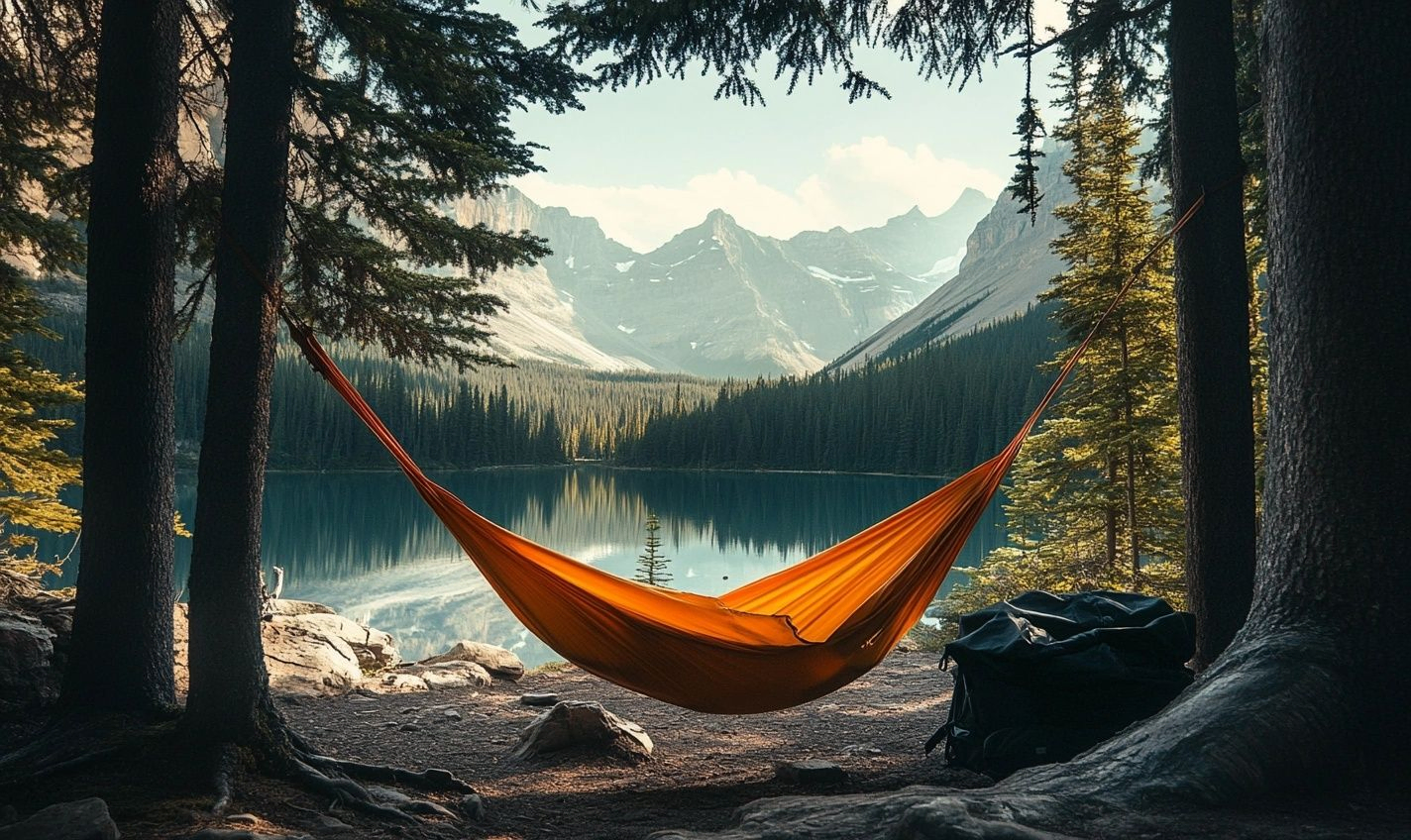
Frequently Asked Questions (FAQs)
What are camping hammocks?
Camping hammocks are portable, lightweight alternatives to traditional tents for sleeping outdoors.
How do you set up a camping hammock?
To set up a camping hammock, find two sturdy trees about 10-15 feet apart, attach the hammock straps to each tree, adjust the tension, and secure your hammock.
What are the benefits of hammock camping?
Hammock camping provides a comfortable sleeping solution, keeps you off the ground away from insects and critters, and offers a unique outdoor experience.
Are camping hammocks suitable for all seasons?
Camping hammocks can be used in various seasons, but additional insulation, such as an undeInsulation sleeping pad, may be necessary in colder weather.
Can a camping hammock support heavier individuals?
Most camping hammocks have weight capacities between 250 and 500 lbs, but it’s essential to check the manufacturer’s specifications for weight limits.







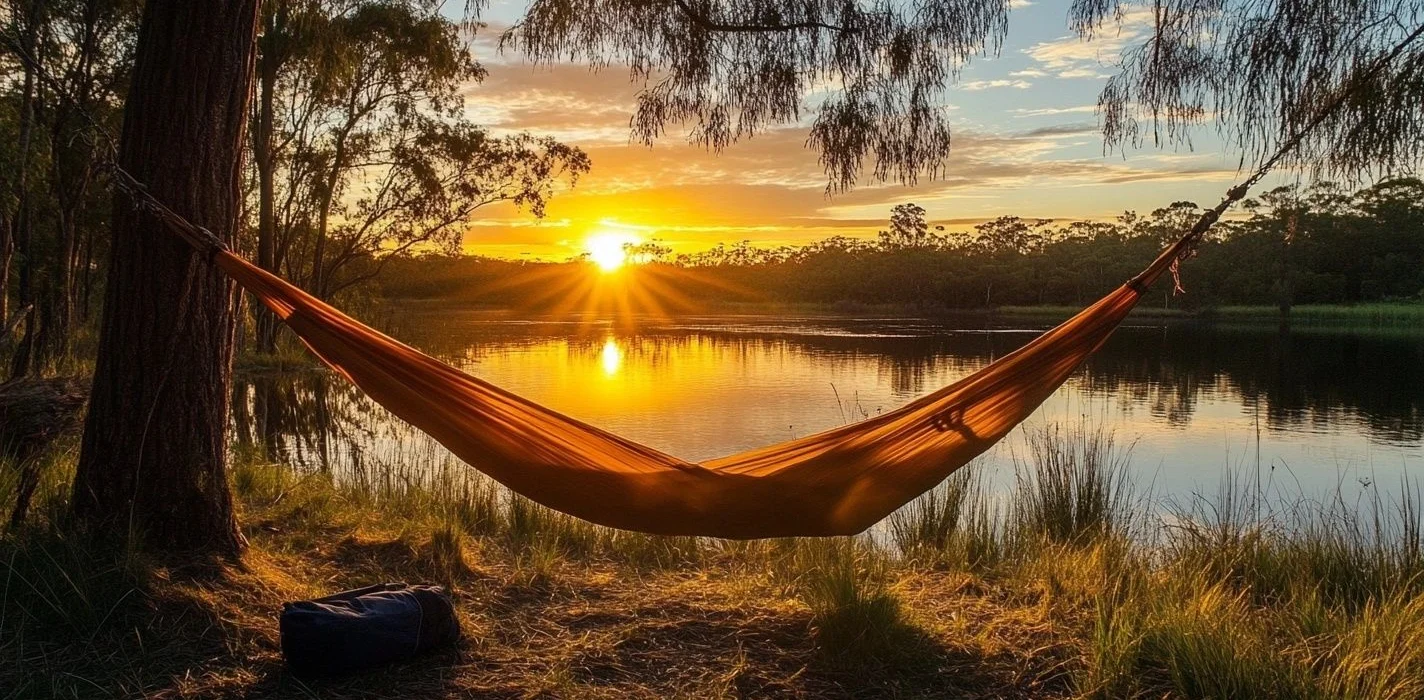

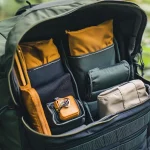
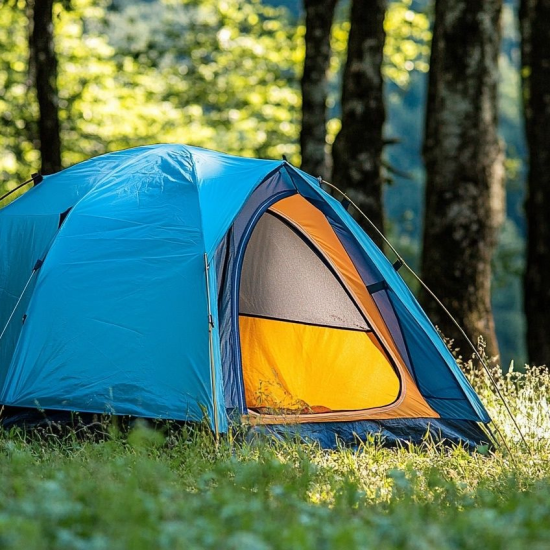
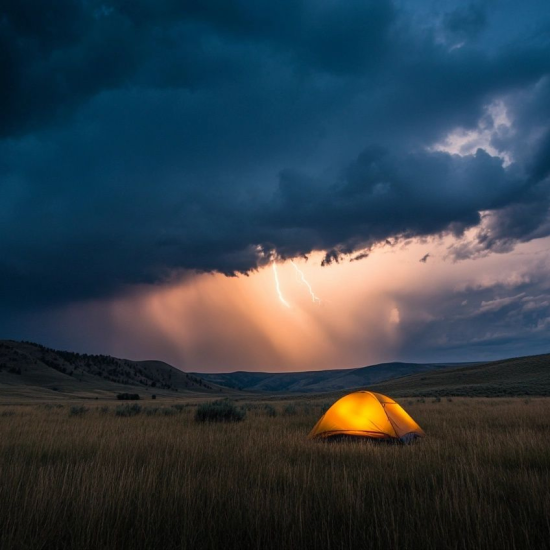
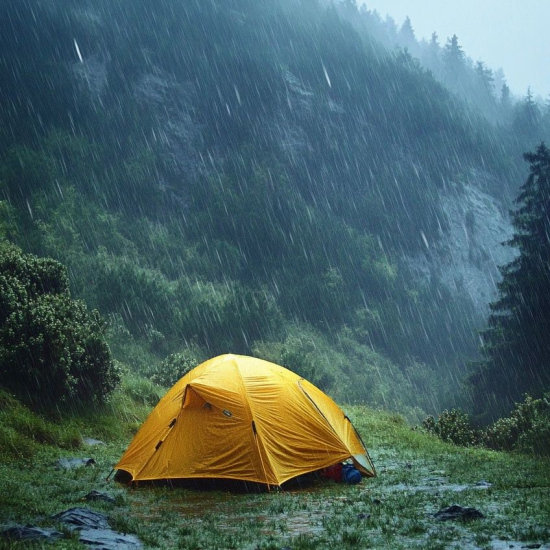
No Comment! Be the first one.